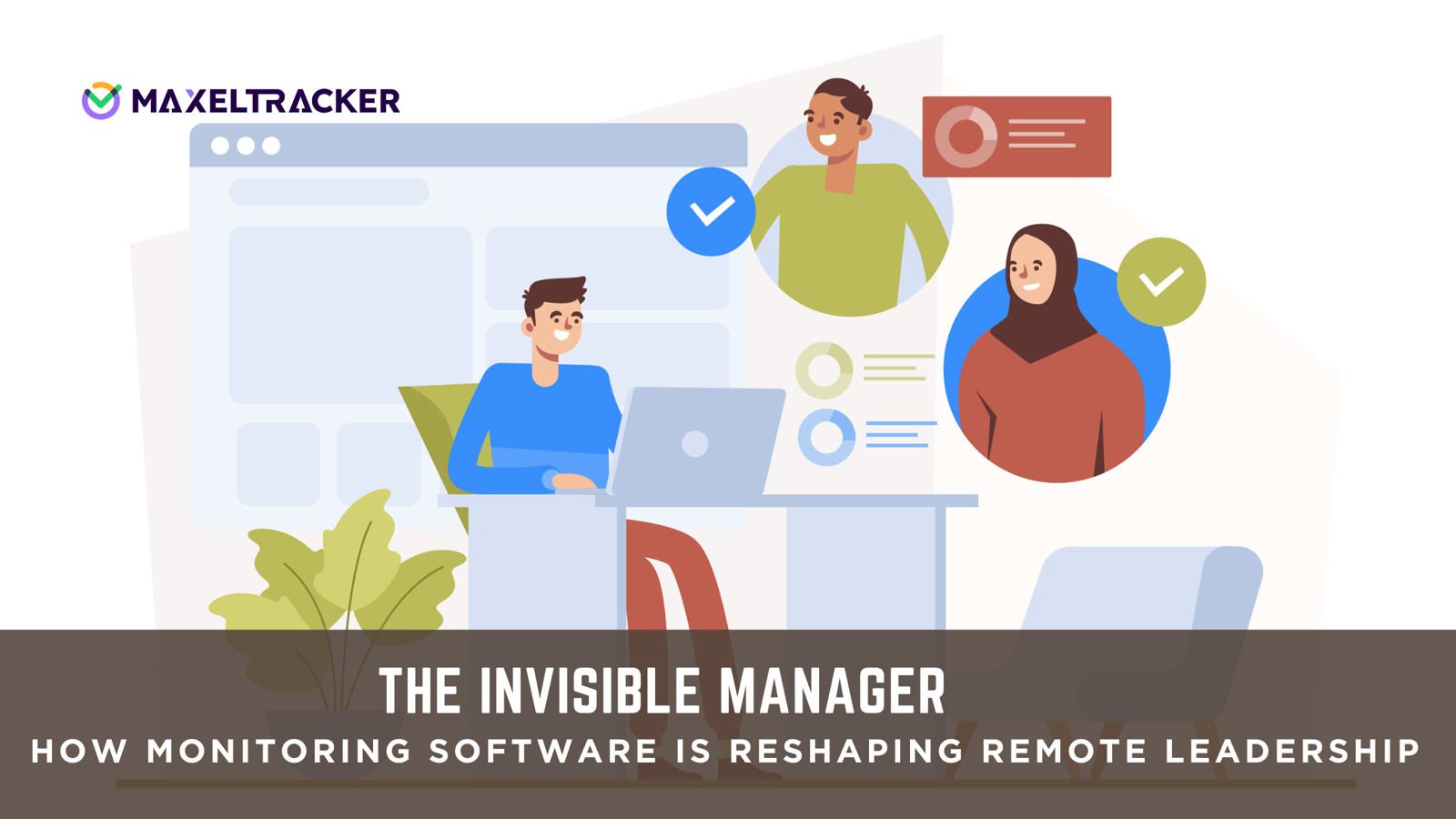
Introduction: Recognition as the Silent Superpower
Every team has those individuals who quietly elevate everyone around them. They’re the ones who step in when deadlines are tight, coach peers without being asked, or put in those extra hours to ensure a project succeeds. They rarely demand attention, yet without them, progress stalls. Using overtime tracking software ensures that these extra efforts are fairly recognized and compensated, so employees feel valued for every additional hour they put in.
Now imagine if all that effort goes unnoticed. It happens more often than we think. High performers, who are usually self-driven, sometimes receive less recognition precisely because managers assume they don’t need it. Over time, that lack of acknowledgment can lead to frustration, disengagement, and even resignation.
Recognition isn’t an optional perk; it’s the foundation of a thriving workplace. When done right, it strengthens loyalty, inspires consistency, and reinforces the values a company stands for. When neglected, it erodes trust and pushes away the very people you most want to keep.
In this article, we’ll explore five of the best ways to recognize top performers—practical strategies designed to motivate, retain, and truly appreciate the people who make organizations succeed.
🎯 Who Needs This Guide
Leaders & managers who want to inspire high performance.
HR professionals shaping recognition programs.
Startups & growing teams setting culture foundations.
Remote & hybrid workplaces where contributions can be invisible.
💡 Why Employee Recognition Matters?
Recognition does more than make people feel good—it drives real results. Employees who feel seen and appreciated are more engaged, more productive, and more committed to their work.
Here’s what recognition achieves:
Improves motivation: People work harder when they know their efforts matter.
Builds trust: Consistent appreciation strengthens the manager-employee bond.
Improves retention: Employees who feel valued are far less likely to leave.
Sets cultural tone: Recognition highlights what behaviors and values the company prioritizes.
1. Celebrate Achievements Publicly
Public recognition carries weight. It validates not only the individual’s effort but also signals to the entire team which behaviors and contributions are valued.
Ways to Celebrate Openly
Share wins in team meetings or stand-ups.
Dedicate space in company newsletters for shout-outs.
Post team highlights on internal platforms.
Celebrate project milestones with small team-wide events.
Why It Matters: Recognition, when visible, creates a ripple effect. It motivates peers and sets a standard for excellence.
💡 Insight: Recognition doesn’t always need to be grand. Even a simple “thank you” in front of peers can have a lasting impact.
2. Reward with Growth Opportunities
High performers are often motivated by progress, not perks. They want to expand their skills, take on meaningful challenges, and feel their career is moving forward.
Growth-Oriented Recognition Ideas
Assign them leadership roles on key projects.
Provide professional development opportunities such as training or certifications.
Invite them to industry events where they can learn and network.
Encourage them to take on mentorship roles to share expertise.
Why It Matters: This kind of recognition says, “We don’t just appreciate what you’ve done—we believe in what you can achieve next.”
3. Personalize the Appreciation
Not everyone values recognition the same way. Some thrive on public praise, while others prefer private acknowledgment. Tailoring recognition to the individual makes it meaningful.
Personalized Approaches
A handwritten note detailing specific contributions.
Thoughtful gestures connected to personal interests.
Flexibility, such as adjusted hours, to honor extra effort.
Private one-on-one acknowledgments for those who prefer subtlety.
Why It Matters: Personalized recognition shows that leaders see employees as individuals, not just roles. It turns a routine “thank you” into something memorable.
💡 Culture Insight: Culture points out that understanding what motivates each employee is key. For some, it’s autonomy; for others, it’s visible appreciation. Tailor recognition to what truly matters to them.
4. Make Recognition Fair and Data-Driven
One common mistake is assuming recognition should always go to the most visible person. Often, the most impactful contributions are less obvious.
This is where data and tools become invaluable. By using systems like time tracking software (Including Idle, overtime, and Productivity tracking), managers can see patterns that reveal hidden effort:
Who consistently contributes during crunch times.
Who maintains a strong focus with minimal idle time.
Who supports projects behind the scenes but rarely seeks attention.
Why It Matters: Fair recognition, supported by objective insights, eliminates favoritism. It reassures employees that acknowledgment isn’t random or biased—it’s based on real contribution.
💡 Tip: Use data as a guide, but never let it replace human judgment. Numbers tell you what happened; thoughtful feedback tells people why it mattered.
5. Build a Culture of Continuous Recognition
Recognition is most powerful when it’s not occasional but woven into daily work life. A culture of continuous appreciation prevents burnout and reinforces positive behaviors.
Creating Everyday Recognition
Encourage managers to give quick, in-the-moment praise.
Build peer-to-peer recognition systems, so appreciation flows across the team.
Celebrate both small wins and major milestones.
Incorporate recognition into performance conversations regularly.
Why It Matters: Consistency is key. When recognition becomes habitual, it shifts from being a “program” to being part of how the workplace functions.
💡 Culture Insight: Peer recognition is often undervalued but powerful. When acknowledgment comes from colleagues, it strengthens collaboration and belonging.
🌍 Recognition as a Cultural Foundation
Recognition should be more than a checklist item—it should reflect the values of the organization. When people are recognized for living those values, it reinforces what the company stands for.
Celebrate aligned behaviors: Tie recognition to organizational values, not just outcomes.
Promote fairness: Ensure recognition reflects effort, not just visibility.
Encourage inclusivity: Make sure recognition reaches across all roles and departments.
When recognition becomes cultural, it creates an environment where everyone feels their work is seen, valued, and meaningful.
Conclusion: Recognition That Lasts
The best recognition is authentic, consistent, and fair. By combining public celebrations, growth opportunities, personalized appreciation, data-driven fairness, and a culture of continuous feedback, organizations can create workplaces where top performers thrive.
Recognition doesn’t always require elaborate gestures or costly rewards. Often, it’s about timeliness, thoughtfulness, and sincerity. It’s about showing people that their contributions matter and that they are more than just a cog in the wheel.
So, reflect on your team today:
Who has gone above and beyond recently?
How can you acknowledge their efforts in a way that feels meaningful to them?
What small steps can you take to make recognition a daily habit?
When recognition becomes part of your leadership DNA, you don’t just retain top performers—you inspire everyone to bring their best selves to work.





Write a comment ...